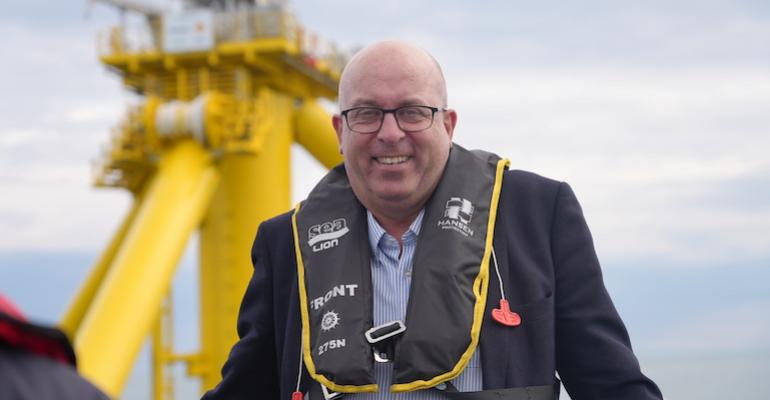Arvid Nesse, Head of METCentre and Norwegian Offshore Wind, said that expansion of the plant about ten kilometres north west of Stavanger will help supplier involvement and support supply chain development. Agreements have already been signed with a number of companies, he said, emphasising that floating wind technology is only one part of a complex supply chain process including testing, planning, logistics, transport, environmental impact, and installation.
The world’s first floating wind turbine was installed at the METCentre’s inception in 2009 and has been on test since then. Last year, a TetraSpar turbine, developed in Denmark, was also installed there.
The latest METCentre announcement comes little more than a week after Norway’s Minister of Trade and Industry, Jan Christian Vestre, led a trade delegation accompanies by representatives from Norwegian Offshore Wind to the west coast of the US. There, they met with energy officials to discuss scope for floating offshore wind development in the deep offshore waters of the Pacific that fall away swiftly from the coast.
The successful visit is thought to have paved the way for closer collaboration between Norwegian and US companies in the development of an offshore wind supply chain on the US west coast. The aim is for Norwegian companies to work closely with US wind developers within the framework of the Jones Act.
Separately, global shipbuilding group Damen Shipyards has revealed that it is developing a new class of larger anchor handling vessels capable of supporting floating offshore wind turbines that will require chains and anchors of unprecedented sizes. Collaborating with suppliers and vessel operators, the shipbuilding group claimed to be well-placed to develop a new class of support vessels.
“As an integrated R&D, design, engineering and shipbuilding group, [the Damen Group] has all the resources need to undertake this challenge,” the company said in a statement. “It even has its own anchor and chain production facility.”
Although the anchoring technologies will remain much the same, the vessels required to handle them will need to be much bigger than today’s anchor handling vessels, Damen said, and given the projected demand for their services, they will also have to be exceptionally efficient.
Copyright © 2024. All rights reserved. Seatrade, a trading name of Informa Markets (UK) Limited.
Add Seatrade Maritime News to your Google News feed.  |

